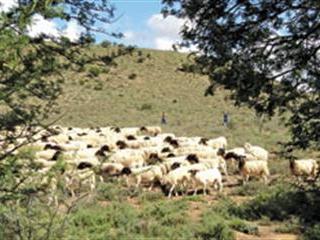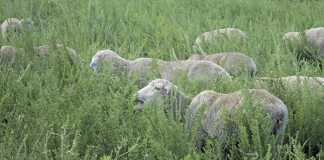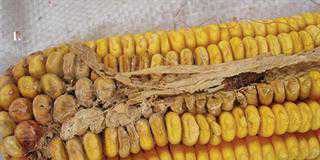
Consumers have a high regard for lamb from the Karoo but are unwilling to pay a premium of more than 5% for it, even if the meat can be traced back to a specific farm of birth. This is according to Henriëtta du Plessis, a master’s student at the Department of Consumer Science, University of Pretoria, who recently conducted a countrywide survey exploring how traceability influences consumer behaviour when buying Karoo lamb.
“A shopper’s decision is based on price, functional characteristics, external appearance, guarantee, brand or designation of origin,” she notes. “When evaluating products, consumers always make trade-offs. They may like the quality and safety of a product such as Karoo lamb, but reject the purchase due to the cost. However, a higher price can sometimes symbolise better quality or product safety.”

Henrietta du Plessis
She points out that although there is increasing awareness of safety when it comes to food, and growing demand for more information about the vertical food supply chain, consumers will not necessarily pay more for traceable food. One reason for this is that they do not believe traceability is enough to guarantee food safety or quality. Another is that they regard food traceability as a basic producer obligation.
Du Plessis’s survey found that, for shoppers, safety was the second most important attribute after price. This was followed by quality, traceability and origin. Respondents had the greatest preference for lamb meat that could be traced back to the birth farm. The second most preferred level was meat that could be traced back to the abattoir and the least preferred was meat that could not be traced at all.
Even if the returns for marketing foods under a regional or geographic label might not seem very good at this stage, mutton producers should note that while the link between food and territory has eroded over time, the country-of-origin effect is gaining ground. According to Du Plessis, consumers use origin as a cue for determining quality.
“While food traceability systems per se guarantee nothing except the ability to track the product in the food chain, they are good for circulating information on product quality and help to make the supply chain more transparent,” she says. “And because many consumers do believe traceability assures product safety and extra quality, it’s important to follow the life history of the animal through the stages of production, processing and distribution.”
Buying behaviour
Potential buyers usually consider the whole range of product attributes, explains Du Plessis. If they are unsure of the quality and safety of the lamb, they recall ‘internal’ information, perhaps associating the Karoo with sheep, pastures and wholesomeness. If their own knowledge of the product is insufficient, they look for ‘external’ information such as labels and advertisements.
Because fresh meat is mostly unbranded, quality perceptions are based on intrinsic cues such as colour, visible fat and cut. But quality can be objective or subjective. Objective quality refers to the measurable quality of products, processes and controls. Subjective quality refers to consumers’ value judgements or perceptions.
As for safety of meat, consumers believe that the main risks lie in the chemical residues of growth hormones and antibiotics, high fat content, microbial infections such as salmonella and Escherichia coli, dioxins, genetic modification and BSE.
Contact Henriëtta du Plessis at [email protected]













